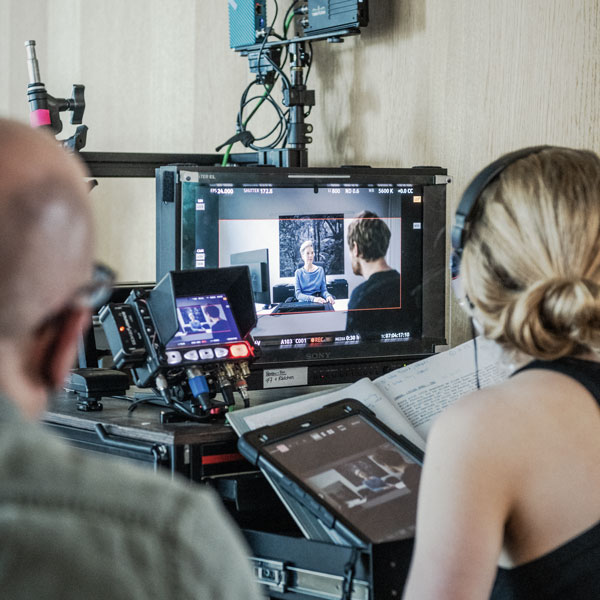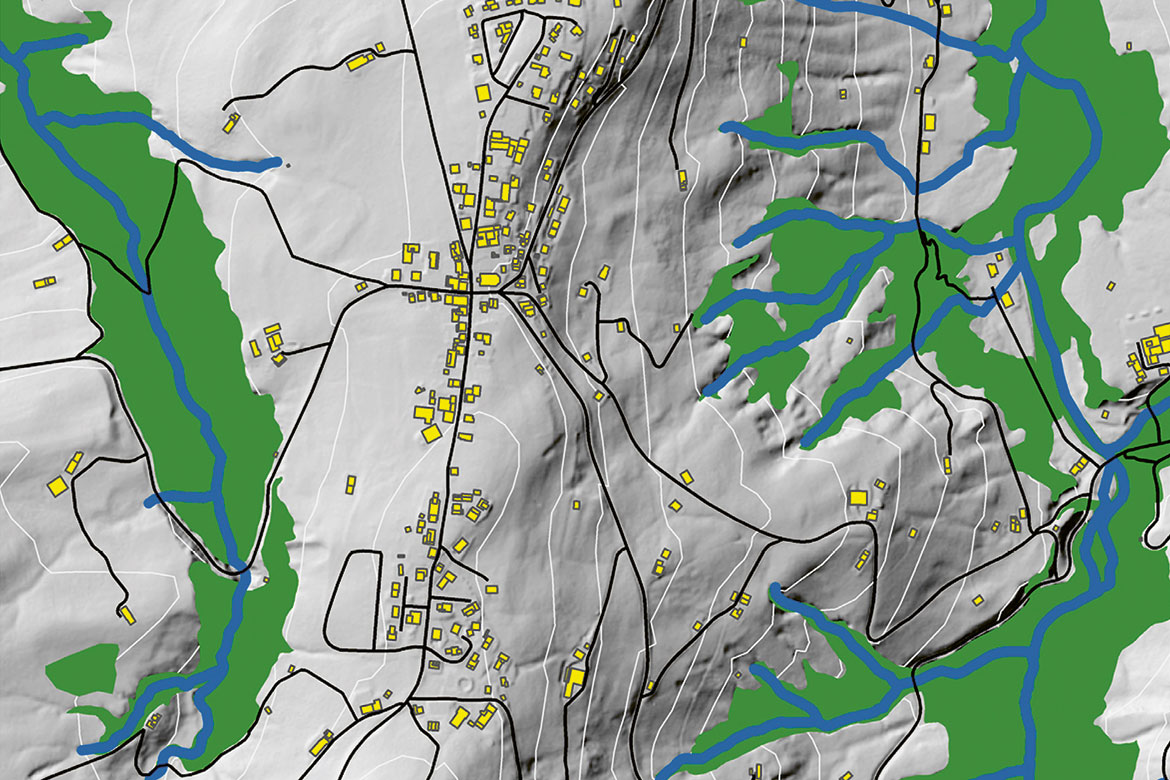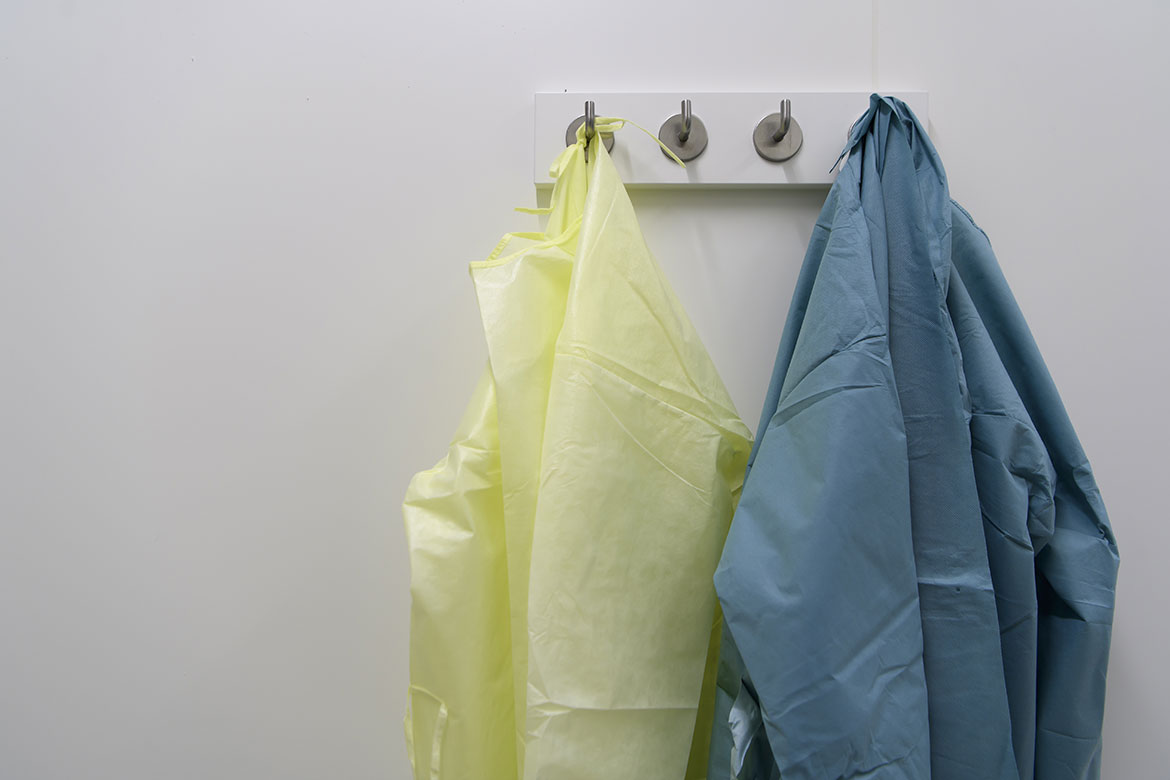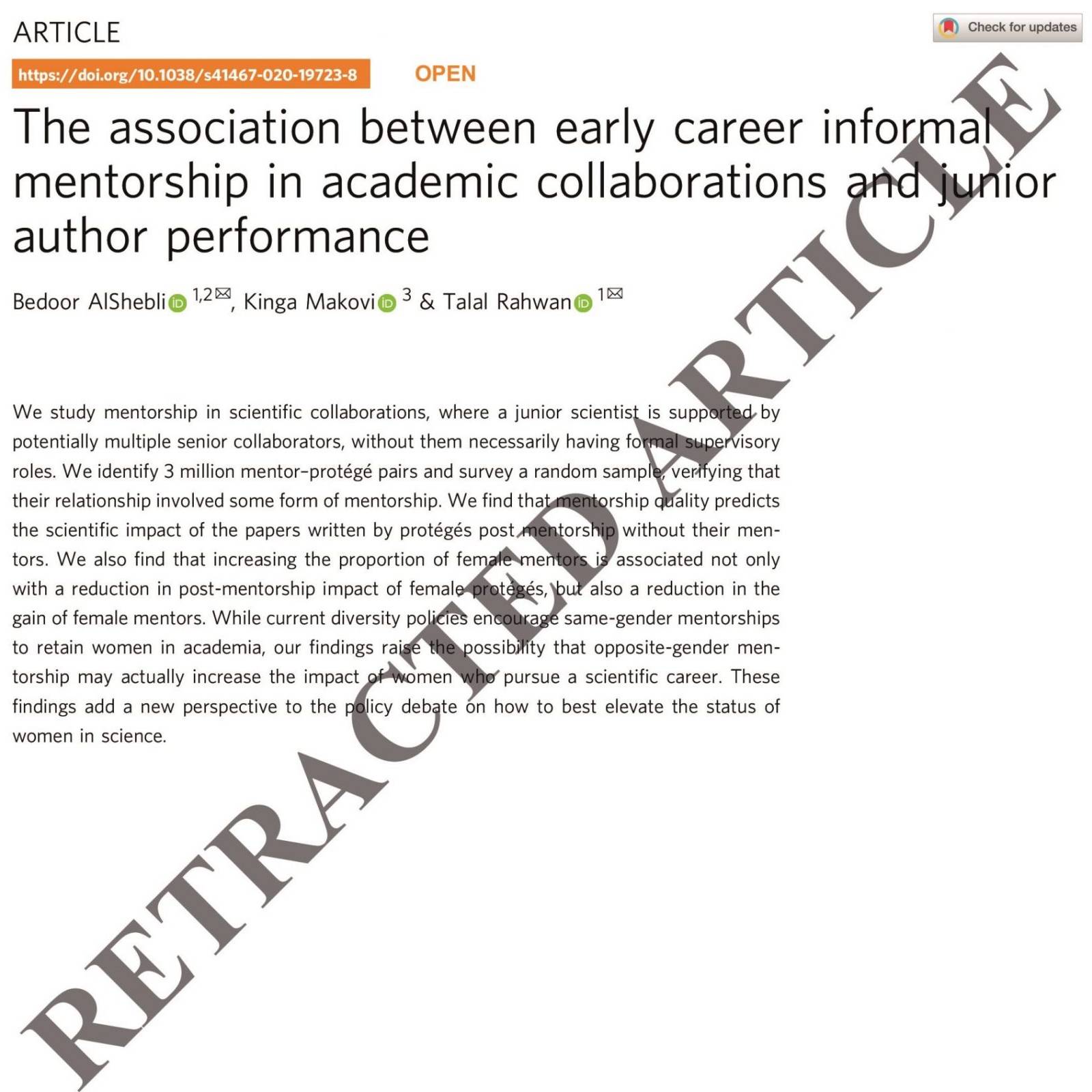The see-through scientists
It’s in laboratories and out in the field that the shape of future science is being decided. Here are four portraits of researchers who campaign for open science – each after his or her own fashion.
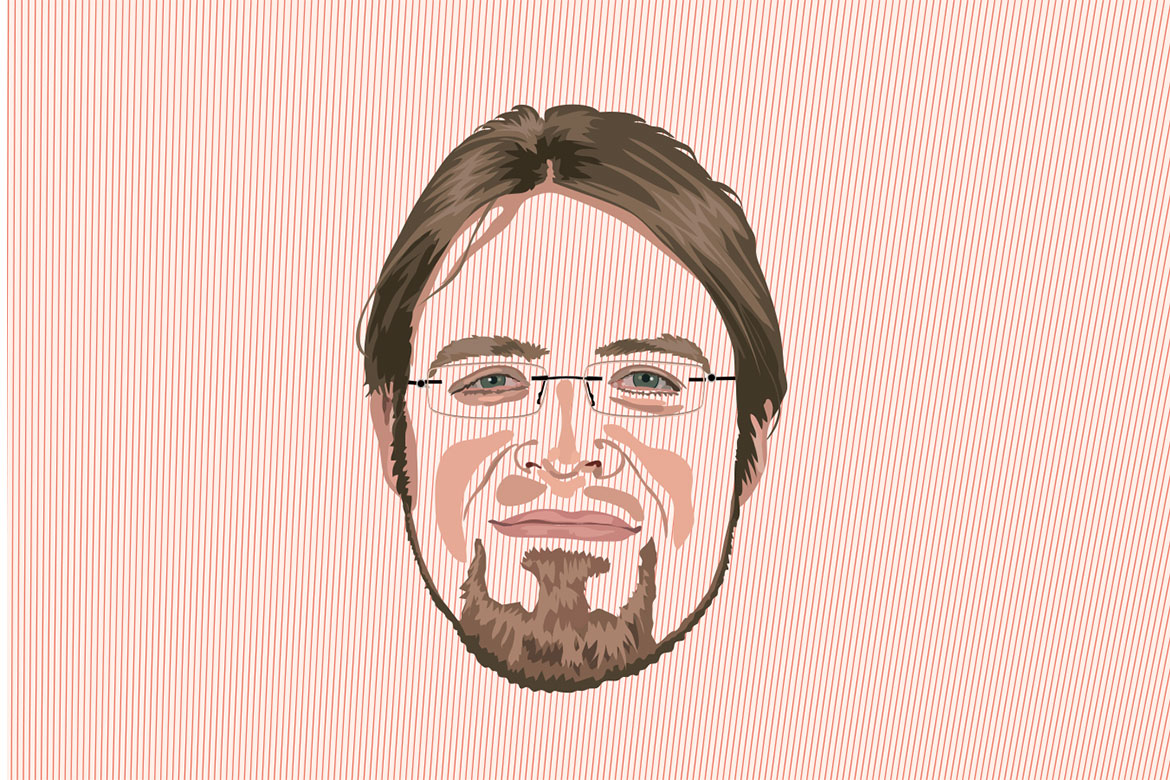 Malte Elson is a young psychologist whose specialist field is aggression and computer games. He understands open science as “the maximum of transparency in scientific work – in all areas”. The idea has been about for a long time, he says. But now a new generation is emerging that would like “to make accessibility accessible”, and is creating the necessary structures to ensure that open science doesn’t remain an empty promise. Elson sees himself as part of this new movement: “It’s not just ideological, it’s technological”. He has launched two websites himself: journalreviewer.org, a collection of progress reports on review procedures, and flexiblemeasures.com, where aggression measurements made by other researchers are painstakingly investigated, and where the lack of standardisation is subjected to critical attention.
Malte Elson is a young psychologist whose specialist field is aggression and computer games. He understands open science as “the maximum of transparency in scientific work – in all areas”. The idea has been about for a long time, he says. But now a new generation is emerging that would like “to make accessibility accessible”, and is creating the necessary structures to ensure that open science doesn’t remain an empty promise. Elson sees himself as part of this new movement: “It’s not just ideological, it’s technological”. He has launched two websites himself: journalreviewer.org, a collection of progress reports on review procedures, and flexiblemeasures.com, where aggression measurements made by other researchers are painstakingly investigated, and where the lack of standardisation is subjected to critical attention.
Most of all, Elson uses the Open Science Framework, which allows the research process to be documented entirely, “from the initial idea up to publication”. This massively increases the degree of transparency of the whole process, also for the researcher himself. Even years later, he can retrace exactly what he did: “Furthermore, this highly reflective manner of research prevents you from deceiving yourself”.
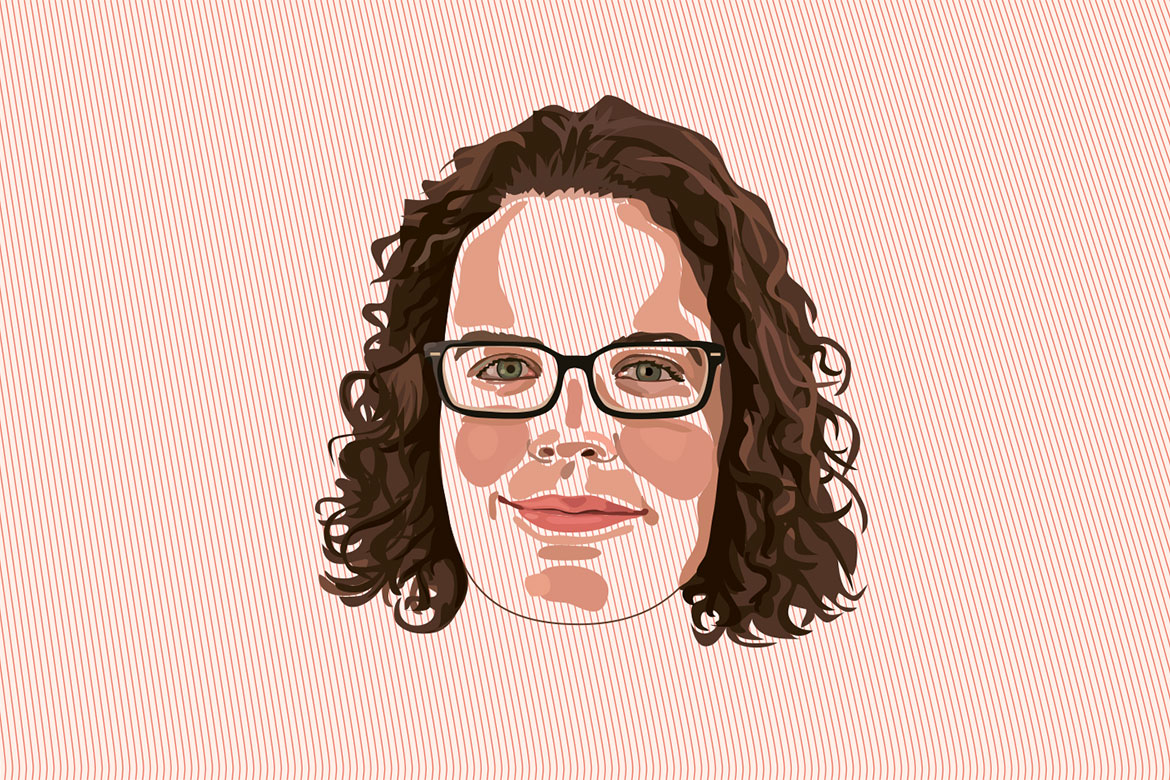 At the Open Source Malaria Project, the Internet is more or less a guiding principle – in its network design, its open flow of information and its renegotiation of the public and the private. “Whoever invests the most work in the project becomes the project leader, regardless of where they might be in the world”, says the biochemist Alice Williamson, who launched this initiative to develop a new malaria drug. She works in Sydney, but researchers from all over the world are involved in the project, including a software specialist from EPFL.
At the Open Source Malaria Project, the Internet is more or less a guiding principle – in its network design, its open flow of information and its renegotiation of the public and the private. “Whoever invests the most work in the project becomes the project leader, regardless of where they might be in the world”, says the biochemist Alice Williamson, who launched this initiative to develop a new malaria drug. She works in Sydney, but researchers from all over the world are involved in the project, including a software specialist from EPFL.
All the research data is made publicly accessible straight away. Even the communication between the researchers takes place “as little as possible by e-mail”, but preferably on websites such as GitHub or via Twitter. In this way, says Williamson, their research can become both more transparent and more efficient. It’s “a terrible waste of research money” when different laboratories research into the same substances, and everyone lands in the same dead-end. She regularly organises workshops on keeping open laboratory diaries, and she has noticed that it’s perfectly normal for young researchers to share both their successes and their experimental wrong turns – just like they do in their private lives.
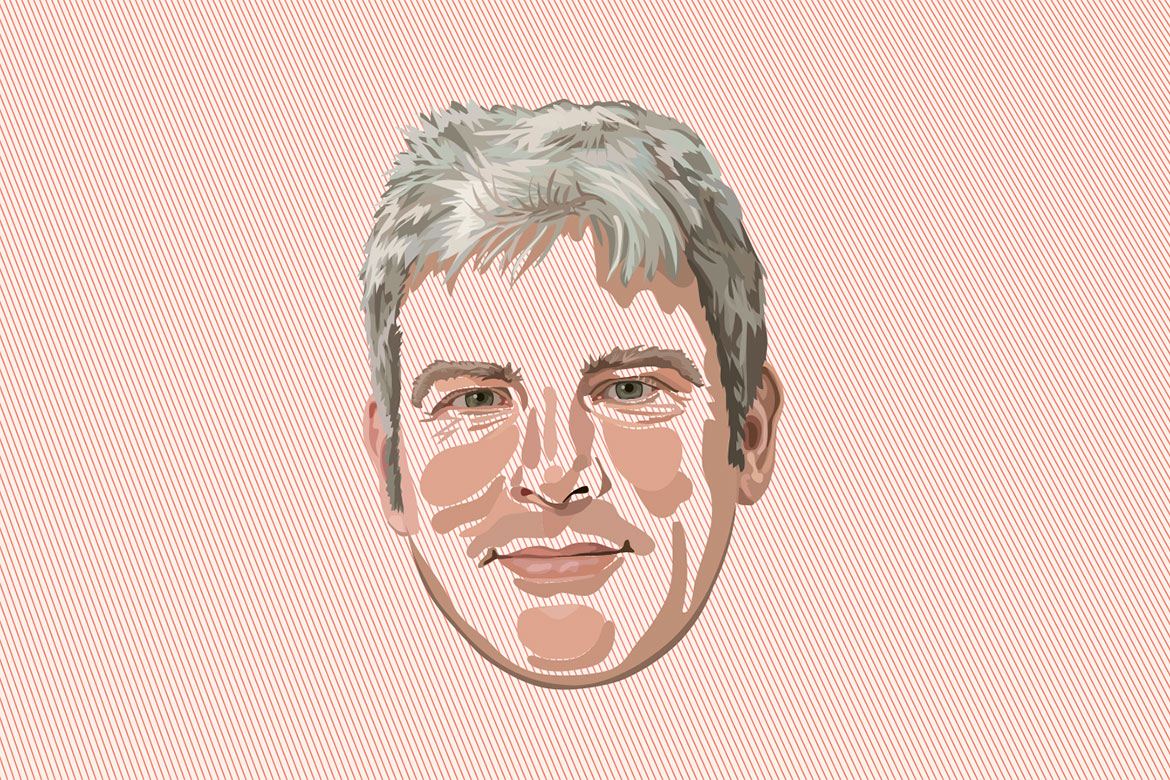 The deep learning community is using online forums to test how to discuss research ideas and procedures. Initially, the content is made accessible in the simplest possible way: “The tendency is towards publishing everything on the pre-print server Arxiv”, says Oliver Dürr, a professor at the Zurich University of Applied Sciences (ZHAW). The code is usually published at the same time. Arxiv also serves as a source of links offering access to a host of other discussion forums.
The deep learning community is using online forums to test how to discuss research ideas and procedures. Initially, the content is made accessible in the simplest possible way: “The tendency is towards publishing everything on the pre-print server Arxiv”, says Oliver Dürr, a professor at the Zurich University of Applied Sciences (ZHAW). The code is usually published at the same time. Arxiv also serves as a source of links offering access to a host of other discussion forums.
According to Dürr, Reddit is very popular. Here, specialised sub-forums provide links to articles and offer commentaries on them. And in the ‘Ask Me Anything’ forum there are regular ‘question times’ with highly renowned researchers. Peers submit questions that are then evaluated thoroughly. Dürr also likes to read blogs about research into artificial intelligence. His own blog serves more as a diary to record his ideas. Some blogs get more attention, like that of Andrej Karpathy. Its long entries are similar to reviews, and the commentary column is full of questions and suggestions. In this manner, new discussion groups are constantly being formed. In principle, everyone has access to them, regardless of whether or not they actually have a university training.
 At EPFL, the robotics researcher Francesco Mondada builds his own laboratory equipment, using Computer Aided Design (CAD) software for his components. He would like to put his construction plans on open access to everyone – it would be the most natural thing in the world to him. But he’s trapped by the fine print. There are special CAD software licences for educational institutions, more expensive licences for industry, are different data formats according to the licence in question. Then there’s a whole mess of regulations that you have to accept when you buy the software, and these were never intended to promote the open dissemination of data. It’s as if a novelist had to ask Microsoft for permission to publish, just because he’d used Word to write his book.
At EPFL, the robotics researcher Francesco Mondada builds his own laboratory equipment, using Computer Aided Design (CAD) software for his components. He would like to put his construction plans on open access to everyone – it would be the most natural thing in the world to him. But he’s trapped by the fine print. There are special CAD software licences for educational institutions, more expensive licences for industry, are different data formats according to the licence in question. Then there’s a whole mess of regulations that you have to accept when you buy the software, and these were never intended to promote the open dissemination of data. It’s as if a novelist had to ask Microsoft for permission to publish, just because he’d used Word to write his book.
Mondada doesn’t believe that robotics is an unusual case: “Even biologists are starting to use 3D printers in their laboratories, and they need specialised software”. He’s been campaigning for simpler regulations for years. “But there’s a clash between two ideas of what a university should be about”, he says. The old model means assessing the transfer from academia to industry on a case-by-case basis; but the new, more open model favours a simple, unbureaucratic exchange – not just among academics, but also with industry.

